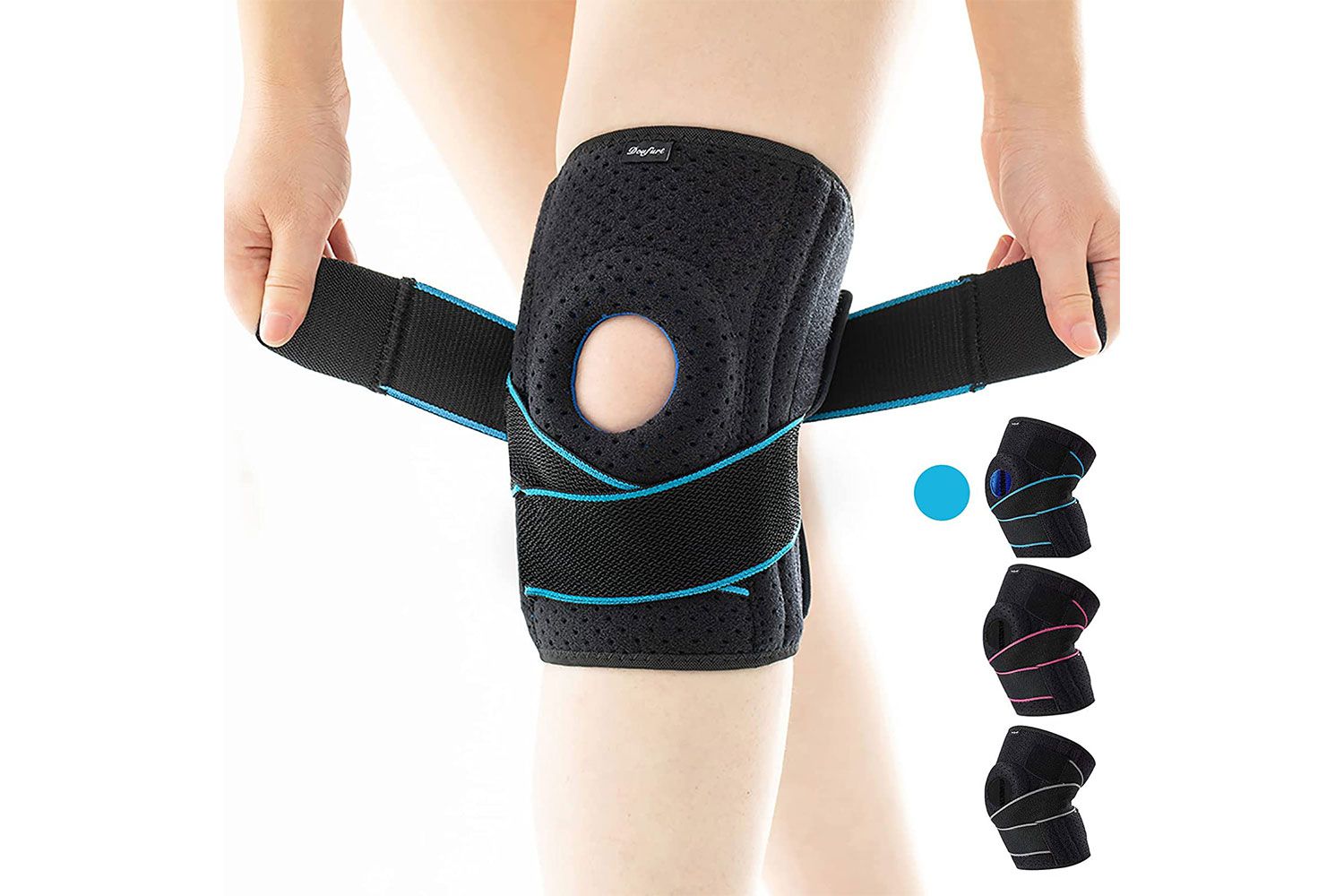Are you looking for information on knee braces? Well, you’re in the right place! In this article, we will explore the benefits of knee braces and how they can help support and protect your knees. Whether you’re an athlete recovering from an injury or someone with chronic knee pain, knee braces can provide the stability and relief you need.
Stay tuned to learn more about the different types of knee braces available on the market, including braces for ACL injuries, arthritis, and general knee support. We will also discuss the advancements in knee brace technology and what to consider when choosing the right knee brace for your needs. So, if you’re interested in finding the best knee brace for you, keep reading for all the information you need to know about knee braces in 2023.
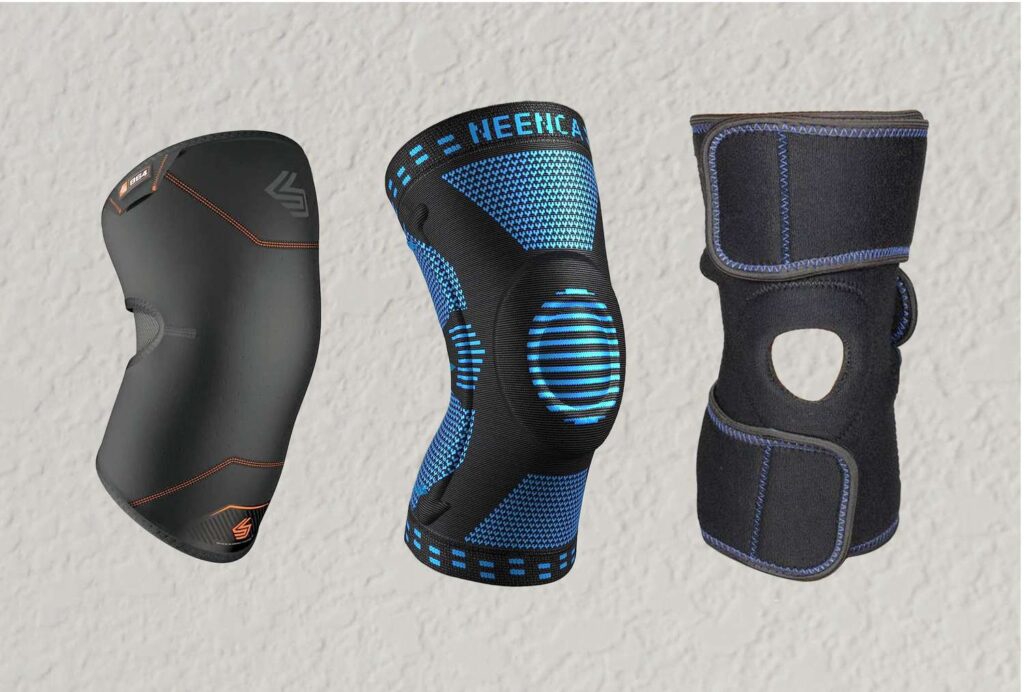
Types of Knee Braces
Hinged Knee Braces
Hinged knee braces are designed to provide maximum stability and support to the knee joint. They consist of metal hinges on the sides of the brace that allow for controlled movement and prevent excessive bending or twisting of the knee. Hinged knee braces are commonly used for post-surgery rehabilitation, ligament injuries, and knee instability.
Compression Knee Braces
Compression knee braces are made from elastic fabric that exerts pressure on the knee joint. They are primarily used to reduce swelling and provide mild support to the knee. Compression knee braces are often recommended for conditions such as arthritis, tendinitis, and minor ligament sprains. They are lightweight and comfortable to wear, making them suitable for everyday use.
Prophylactic Knee Braces
Prophylactic knee braces are preventive braces that are commonly used in high-impact sports to protect the knee from potential injuries. They are typically made from rigid materials and provide a high level of support to the knee joint. Prophylactic knee braces are often recommended for athletes who have a history of knee injuries or who engage in activities that put excessive stress on the knee.
Functional Knee Braces
Functional knee braces are specifically designed to support and protect the knee during sports activities. They are typically made from a combination of rigid and flexible materials to provide both stability and mobility. Functional knee braces are commonly used for ligament injuries, such as anterior cruciate ligament (ACL) tears, and are often prescribed for athletes who want to return to their pre-injury level of performance.
Unloader Knee Braces
Unloader knee braces are primarily used for the treatment of knee osteoarthritis. They are designed to shift the weight bearing forces away from the affected part of the knee, reducing pain and improving function. Unloader knee braces are often prescribed for individuals with medial or lateral compartment osteoarthritis, where the cartilage in one side of the knee has worn away more than the other. These braces can help improve mobility and delay the need for surgery.
Benefits of Using Knee Braces
Pain Relief
One of the key benefits of using knee braces is pain relief. Whether it’s due to an injury or a chronic condition like arthritis, knee braces can provide support to the knee joint, alleviate stress, and reduce pain. Hinged knee braces, in particular, are effective in stabilizing the knee and reducing pain associated with ligament injuries.
Improved Stability
Knee braces can improve the stability of the knee joint by providing external support. This is especially important for individuals with ligament injuries or knee instability. Hinged knee braces and functional knee braces are designed to limit excessive movement and provide stability during physical activities, reducing the risk of further injury.
Injury Prevention
Prophylactic knee braces are specifically designed to prevent knee injuries in high-impact sports. By providing additional support and stability, these braces can reduce the risk of ligament sprains, tears, and other knee injuries. Athletes who have a history of knee injuries or who participate in sports that involve jumping, pivoting, or sudden changes in direction can benefit from using prophylactic knee braces.
Enhanced Recovery
Knee braces can play a crucial role in the recovery process after a knee injury or surgery. They help protect the knee joint, provide support to the injured structures, and promote healing. For individuals recovering from ACL tears, for example, functional knee braces can provide the necessary stability during the rehabilitation process, allowing individuals to gradually return to their normal activities.
Post-Surgery Support
After undergoing knee surgery, such as ACL reconstruction or meniscus repair, wearing a knee brace can provide additional support and protection to the healing tissues. Knee braces can help limit excessive movement, reduce strain on the surgical site, and promote the proper alignment of the knee joint during the recovery phase.
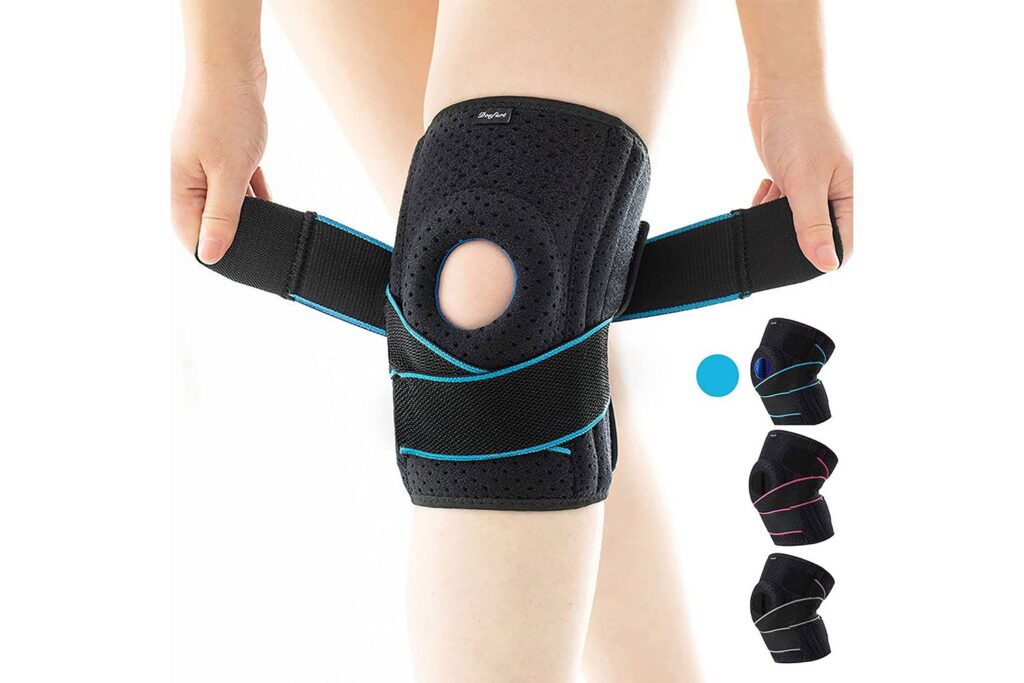
Choosing the Right Knee Brace
Consider the Injury Type
When selecting a knee brace, it is essential to consider the specific type of injury or condition you have. Different knee braces offer different levels of support and are designed to address specific issues. For example, if you have a ligament sprain, a hinged knee brace or a functional knee brace may be recommended, whereas a compression knee brace may be more suitable for managing swelling or mild discomfort.
Evaluate the Level of Support Required
The level of support required will vary depending on the severity of the injury and the individual’s activity level. Individuals with minor knee injuries or those engaging in low-impact activities may only need a compression knee brace for mild support. On the other hand, individuals with more significant injuries or those participating in high-impact sports may require a hinged knee brace or a functional knee brace for maximum support and stability.
Determine the Correct Size
Getting the correct size of knee brace is crucial for optimal effectiveness and comfort. Knee braces come in various sizes, and it is important to measure your knee accurately to ensure a proper fit. Most knee braces have adjustable straps or closures to provide a customized fit and accommodate fluctuations in swelling.
Assess Comfort and Fit
Comfort is an important consideration when choosing a knee brace. It should not be too tight or too loose, as this can affect its effectiveness and may cause discomfort or skin irritation. Look for knee braces with cushioned padding and breathable materials to enhance comfort during prolonged wear.
Consult with a Healthcare Professional
To ensure you choose the right knee brace for your specific needs, it is recommended to consult with a healthcare professional or a specialist such as a sports medicine physician, orthopedic surgeon, or physical therapist. They can assess your injury or condition, provide guidance on the appropriate type of knee brace, and help with fitting and sizing.
Proper Use and Care of Knee Braces
Wearing Instructions
Follow the manufacturer’s instructions on how to properly wear and adjust your knee brace. Ensure that the brace is positioned correctly, with the hinges aligned properly, straps tightened appropriately, and compression snug but not too tight. It is important to wear the knee brace as directed, especially during physical activity or as recommended by your healthcare professional.
Cleaning and Maintenance
Regular cleaning and maintenance of your knee brace can help prolong its lifespan and ensure its effectiveness. Follow the manufacturer’s guidelines on cleaning instructions, which may involve hand washing with mild soap and water and air-drying. Avoid using harsh chemicals or bleach that can damage the materials.
Regular Inspection
Regularly inspect your knee brace for any signs of wear and tear, such as frayed straps, loose hinges, or damaged fabric. If you notice any damage or if the brace is not providing the intended support, it may be time for a replacement. Using a damaged knee brace can compromise its effectiveness and potentially lead to further injury.
Proper Storage
When not in use, it is important to store your knee brace in a cool, dry place to prevent damage and maintain its integrity. Avoid storing it in direct sunlight or extreme temperatures, as this can cause the materials to deteriorate. Additionally, keep it away from pets or any sharp objects that can puncture or tear the brace.
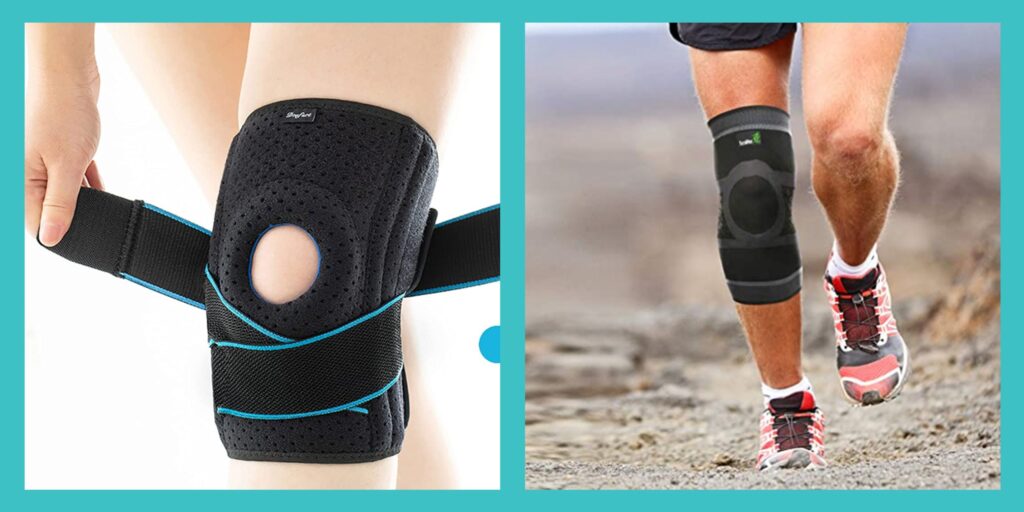
Common Knee Conditions Treated by Braces
Arthritis
Knee braces can provide relief for individuals suffering from arthritis by reducing pain, stabilizing the joint, and improving mobility. Unloader knee braces are often recommended for individuals with knee osteoarthritis, as they help shift weight away from the affected area and relieve pressure on the joint.
Tendinitis
Compression knee braces can be beneficial for individuals with tendinitis, as they provide compression, which can help reduce inflammation and promote healing. These braces provide support to the knee and can help alleviate pain associated with tendinitis.
Ligament Sprains
Ligament sprains, such as ACL or MCL sprains, often require a knee brace to provide stability and support during the healing process. Hinged knee braces or functional knee braces are commonly used to restrict excessive movement and prevent further damage to the injured ligament.
Meniscus Tears
Meniscus tears can cause pain, swelling, and instability in the knee joint. Knee braces can help alleviate these symptoms by providing support and stability to the knee, allowing the torn meniscus to heal. Hinged knee braces are often recommended for individuals with meniscus tears, as they provide the necessary support and help prevent further damage to the meniscus.
Patellofemoral Pain Syndrome
Patellofemoral pain syndrome, also known as runner’s knee, can cause pain and discomfort around the kneecap. Knee braces can help stabilize the patella, reduce stress on the knee joint, and alleviate pain associated with this condition. Compression knee braces or patellar stabilizing braces may be prescribed to individuals suffering from patellofemoral pain syndrome.
Knee Braces for Sports
Running
Running can put a significant amount of strain on the knee joint, increasing the risk of injuries. Knee braces specifically designed for running can help stabilize the knee, reduce stress on the joint, and provide support during intense physical activity.
Basketball
Basketball involves constant running, jumping, and sudden changes in direction, which can put immense pressure on the knees. Knee braces for basketball are designed to provide support, stability, and impact absorption, helping to prevent injuries and enhance performance on the court.
Football
Football is a high-impact sport that exposes the knees to a variety of potential injuries. Knee braces for football are specifically designed to protect the knees from ligament sprains, tears, and other injuries. They offer superior support, stability, and impact protection, allowing players to perform at their best while reducing the risk of injury.
Soccer
Soccer involves repetitive twisting, pivoting, and sudden acceleration and deceleration movements, which can strain the knees. Knee braces for soccer provide support, stability, and protection to the knee joint, reducing the risk of ligament injuries and enhancing performance on the field.
Tennis
The quick lateral movements and sudden stops in tennis can put a considerable amount of stress on the knees. Tennis knee braces are designed to provide support to the knee joint, stabilize the patella, and prevent ligament injuries. They allow players to move freely while protecting their knees during intense matches.
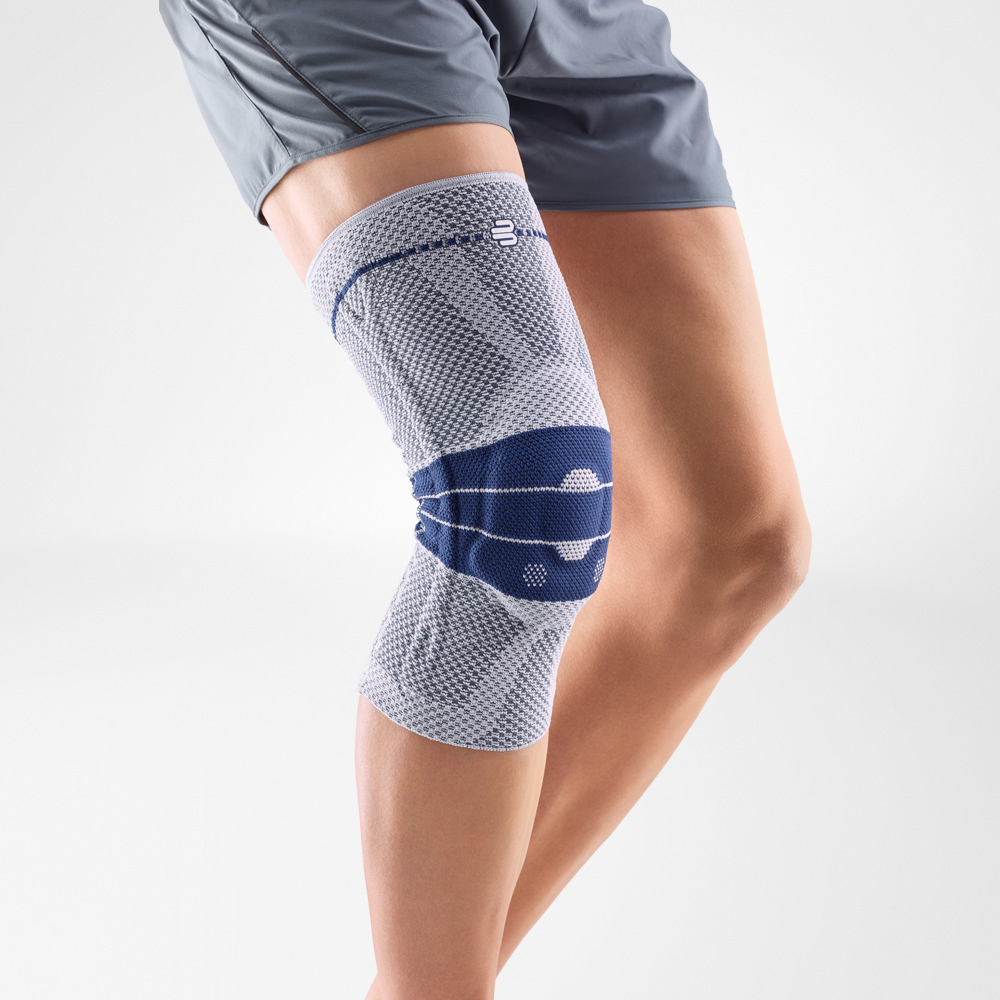
Precautions When Using Knee Braces
Avoid Overreliance on Braces
While knee braces can provide support and stability, it is important not to become overdependent on them. It is essential to engage in appropriate rehabilitation exercises, strengthen the muscles around the knee, and address any underlying issues. Gradually weaning off the brace under the guidance of a healthcare professional can help promote long-term recovery and prevent muscle weakness.
Do Not Use Damaged Braces
Using a damaged knee brace can compromise its effectiveness and potentially lead to further injury. If you notice any signs of wear and tear, such as loose hinges, frayed straps, or damaged fabric, it is important to replace the brace. Regularly inspecting your knee brace and replacing it as needed can ensure optimal support and protection.
Use Braces in Conjunction with Other Treatments
Knee braces are often used as part of a comprehensive treatment plan for knee injuries or conditions. It is important to follow your healthcare professional’s advice and incorporate other treatments, such as physical therapy, strengthening exercises, medications, or surgery, if necessary. Utilizing knee braces in conjunction with these treatments can help enhance the overall recovery process.
Follow Guidelines for Use
To maximize the benefits of knee braces, it is important to use them according to the manufacturer’s instructions and any recommendations provided by your healthcare professional. Whether it’s wearing the brace during physical activity, throughout the day, or during the specific stages of rehabilitation, it is crucial to follow the guidelines for use to ensure the brace provides the intended support and protection.
Understanding the Risks and Limitations
Allergic Reactions
Some individuals may be allergic to the materials used in knee braces, which can cause skin rashes or irritation. If you have sensitive skin or have experienced allergic reactions to certain fabrics or materials in the past, it is important to choose a knee brace made from hypoallergenic materials or consult with a healthcare professional for alternative options.
Skin Irritation
Extended use of knee braces can potentially cause skin irritation or bruising, particularly if the brace is too tight or if it rubs against the skin. Ensuring the brace is properly fitted and comfortable can help minimize the risk of skin irritation. If you experience any skin issues while using a knee brace, it is important to discontinue use and seek advice from a healthcare professional.
Limited Range of Motion
While knee braces provide stability and support, certain types of braces, such as hinged knee braces, can limit the range of motion in the knee joint. This can affect performance during specific activities, such as bending or squatting. It is important to consider the intended use of the brace and discuss any limitations with a healthcare professional to ensure it aligns with your goals and activities.
Incorrect Fit
A proper fit is crucial for the effectiveness and comfort of a knee brace. An ill-fitting brace may not provide the intended support or stability, potentially leading to further injury or discomfort. Taking accurate measurements and consulting with a healthcare professional can help ensure you choose the correct size and style that is appropriate for your specific needs.
Decreased Muscle Strength
Prolonged reliance on knee braces without appropriate rehabilitation exercises can lead to decreased muscle strength around the knee joint. It is important to engage in muscle-strengthening exercises, as prescribed by a healthcare professional, to maintain or restore muscle strength and stability in the knee joint.
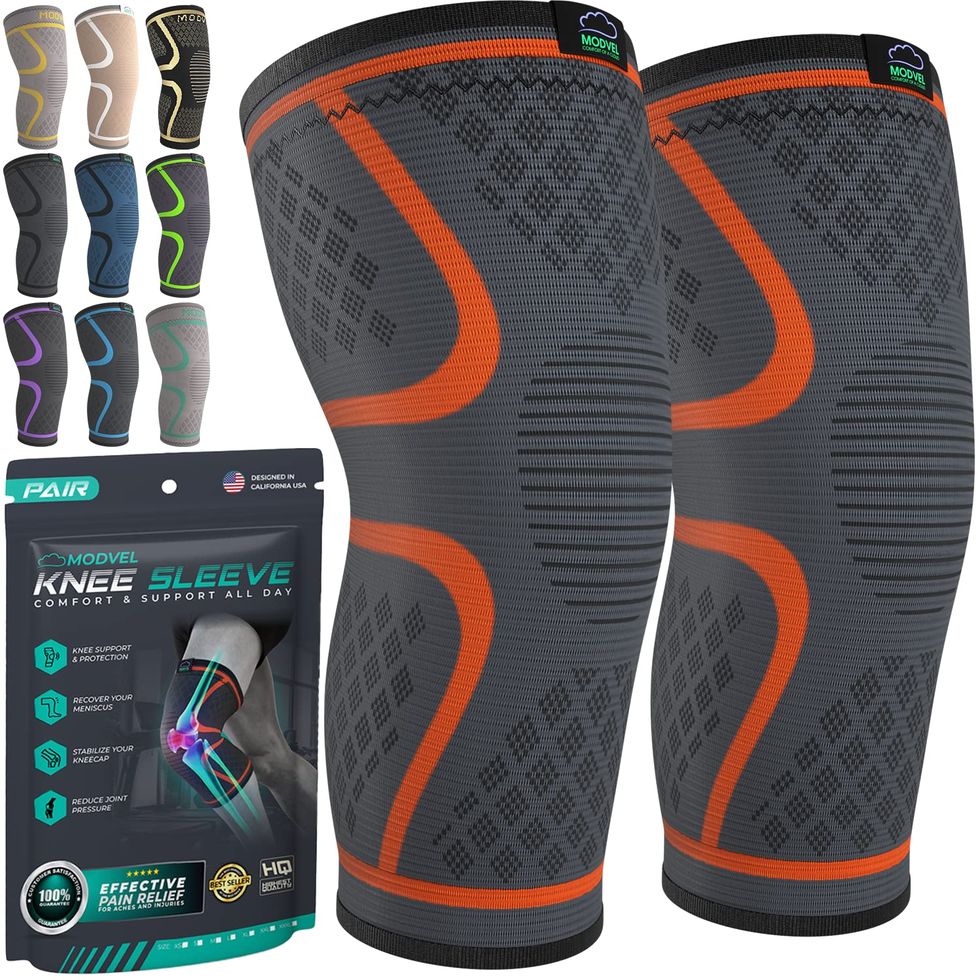
Alternative Treatments for Knee Problems
Physical Therapy
Physical therapy plays a crucial role in the management of knee injuries and conditions. A physical therapist can provide targeted exercises, stretches, and techniques to strengthen the knee, improve flexibility, and promote proper biomechanics. Physical therapy can be used in conjunction with knee braces to enhance recovery and prevent further injuries.
Exercise and Strengthening
Regular exercise and strengthening exercises can help improve knee function, stability, and reduce the risk of injury. Low-impact exercises, such as swimming or cycling, can help improve knee strength and flexibility without putting excessive stress on the joints. It is important to consult with a healthcare professional or a physical therapist to develop an appropriate exercise program tailored to your specific needs.
Weight Management
Maintaining a healthy weight is essential for knee health, as excess weight can put additional strain on the knee joints. Weight management through a balanced diet and regular exercise can help reduce the stress on the knees and improve overall knee function.
Medications
Medications, such as nonsteroidal anti-inflammatory drugs (NSAIDs), can help alleviate pain and reduce inflammation associated with knee injuries or conditions. Consult with a healthcare professional to determine the most appropriate medication and dosage for your specific needs.
Surgical Interventions
In some cases, surgical interventions may be necessary to address severe knee injuries or conditions. Procedures such as ACL reconstruction, meniscus repair, or knee replacement may be recommended by a healthcare professional to restore knee function, stability, and alleviate pain.
Conclusion
Knee braces are valuable tools in managing various knee conditions and injuries, providing support, stability, and pain relief. When used correctly and in conjunction with proper medical advice, knee braces can greatly enhance the recovery process and improve overall knee health. Whether you require a knee brace for a specific sport, to manage a chronic condition, or to support the healing process after surgery, choosing the right type of knee brace and following proper usage and care guidelines is essential. Remember to consult with a healthcare professional to determine the most suitable knee brace for your specific needs, and incorporate other treatments, such as physical therapy and exercise, to optimize the outcome of your knee health journey.
